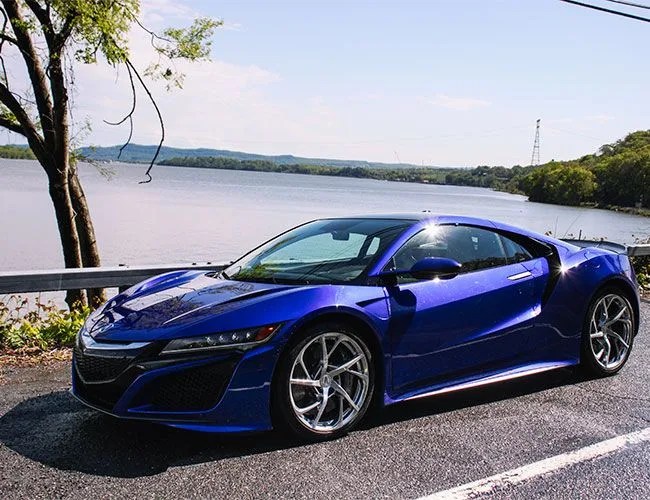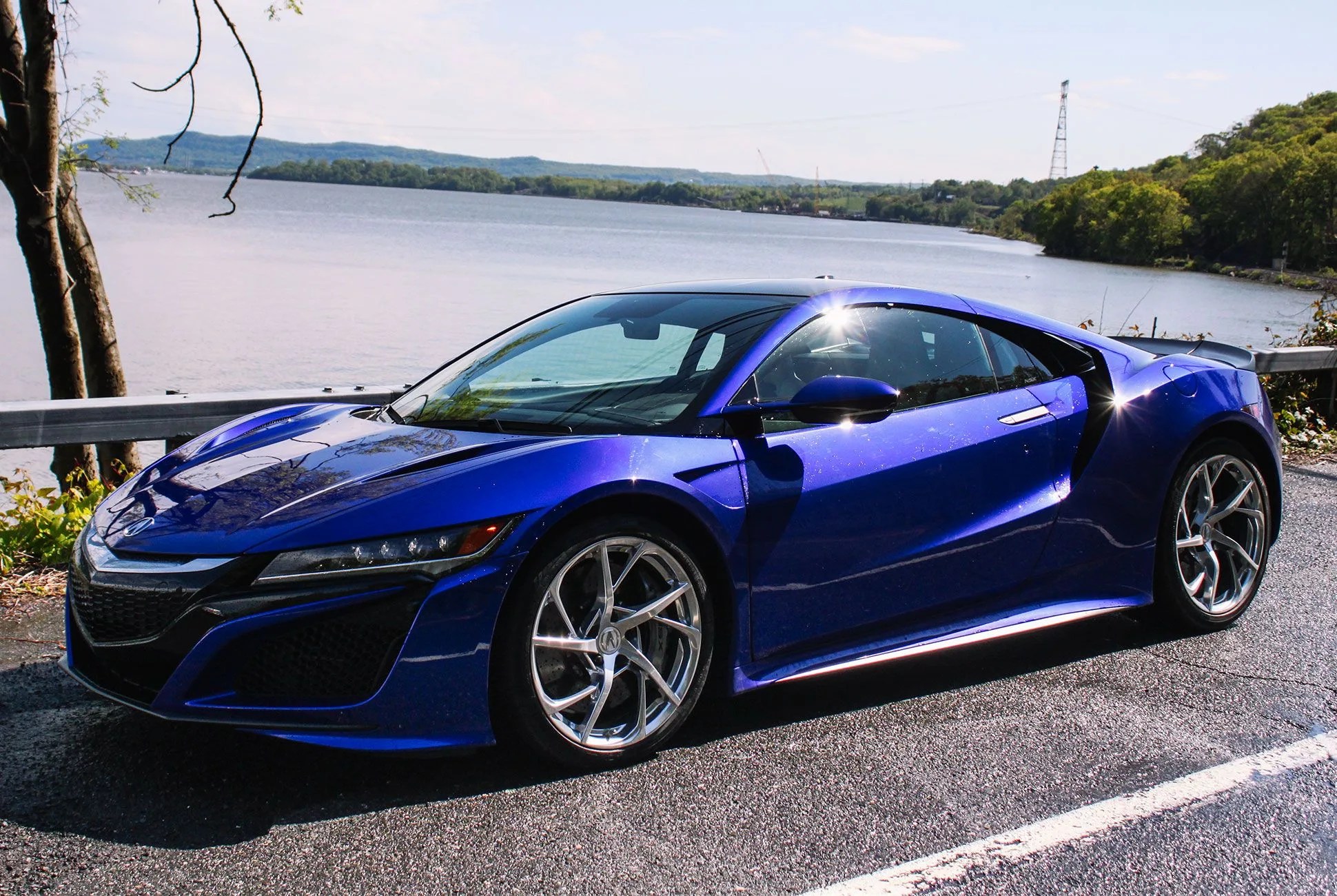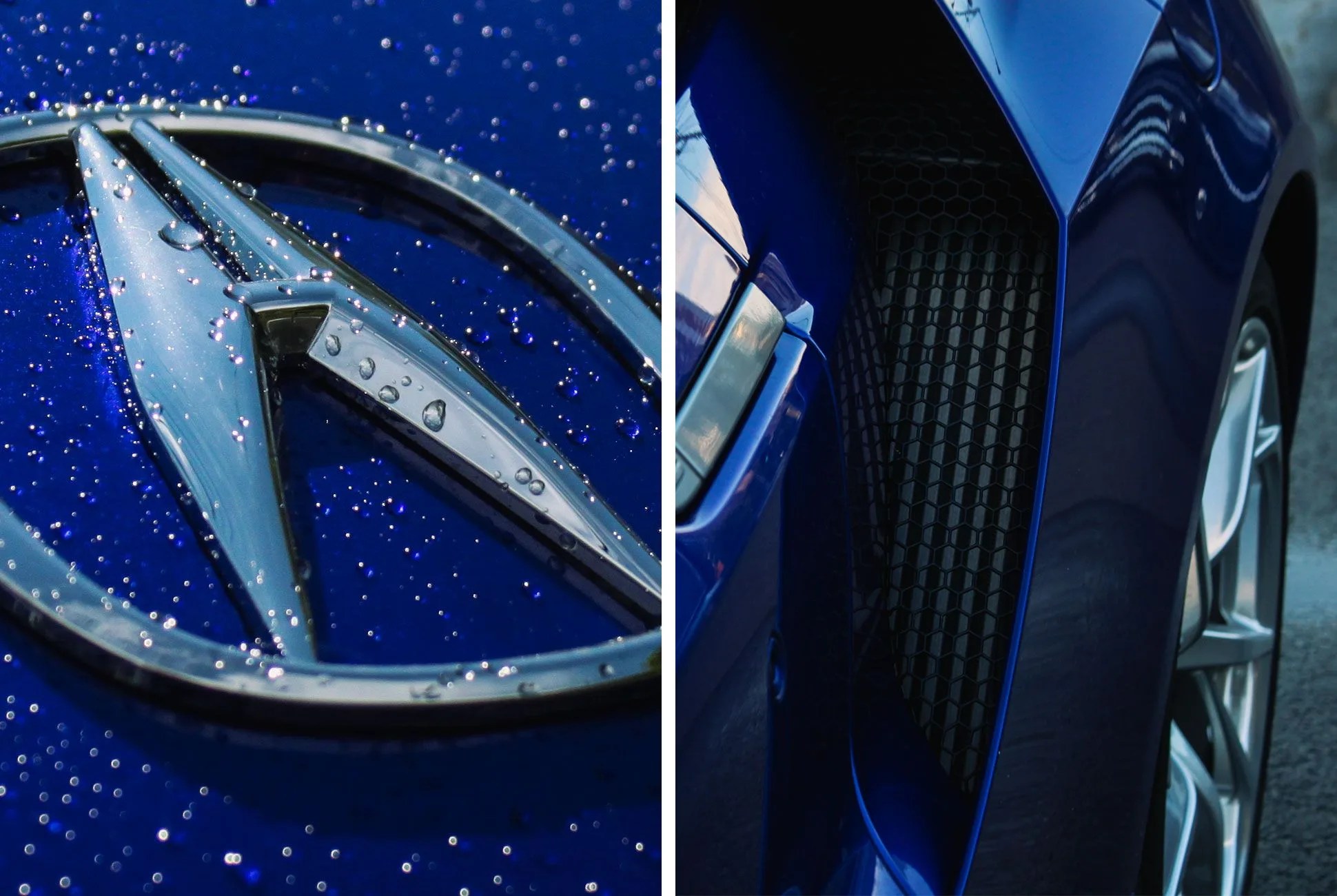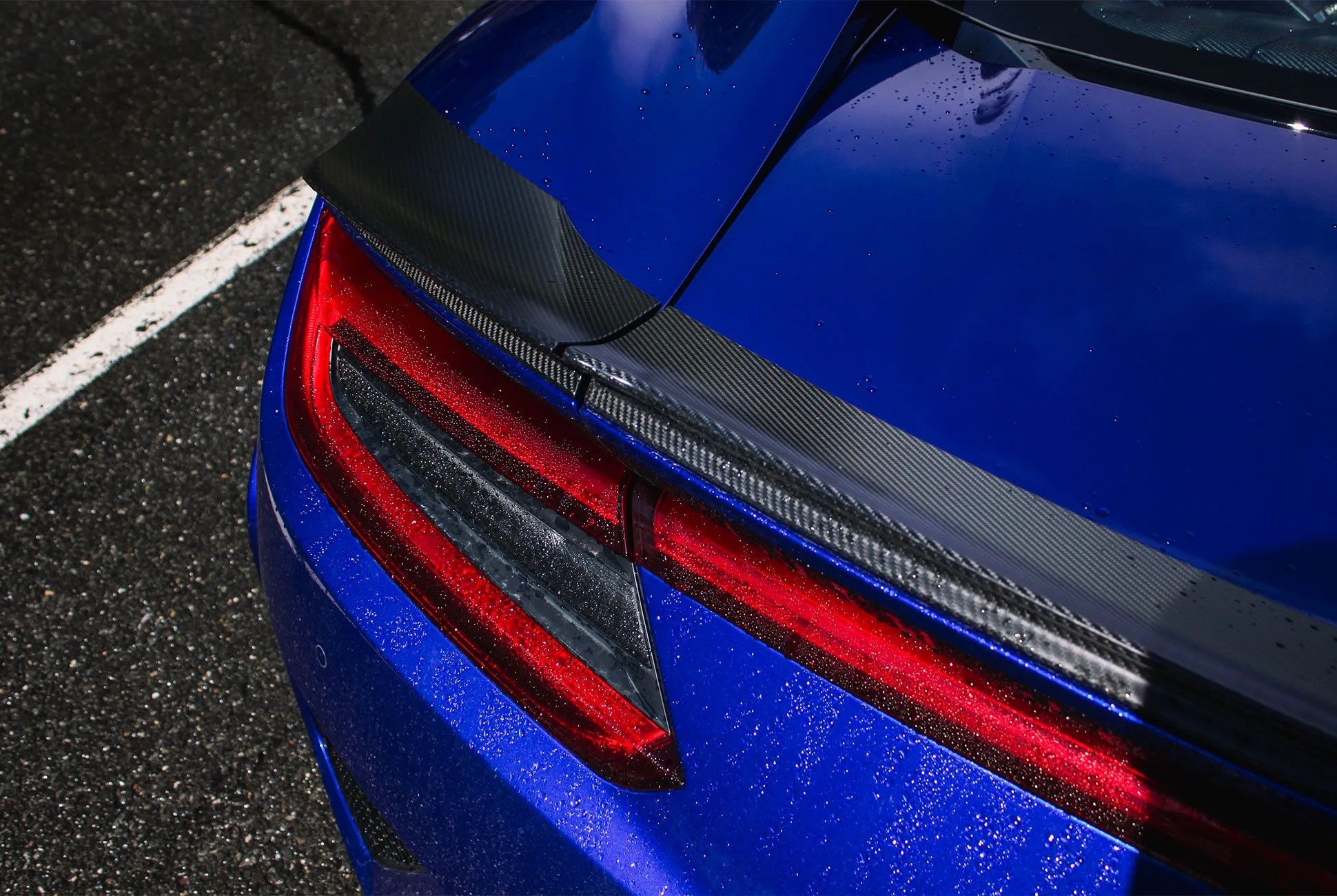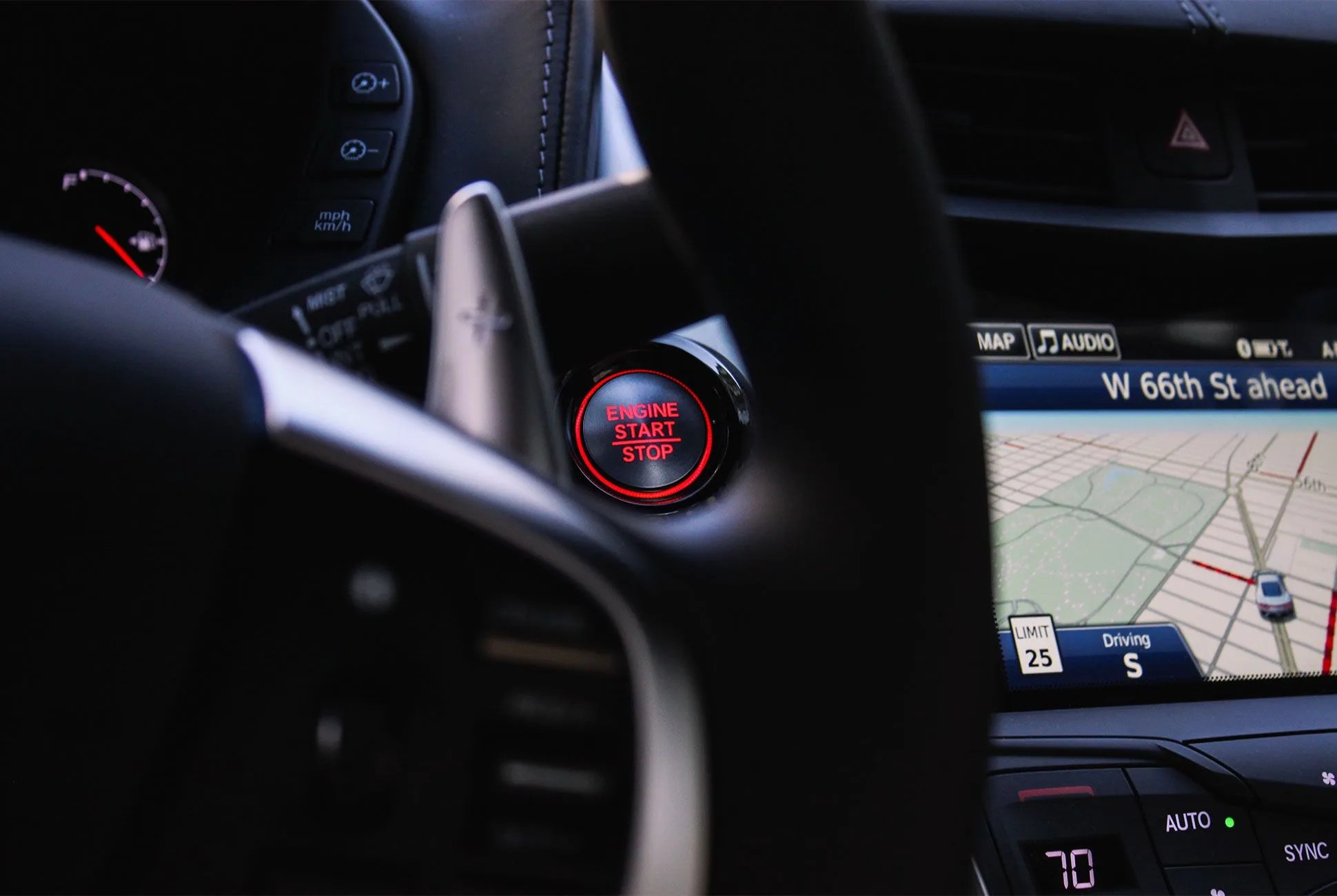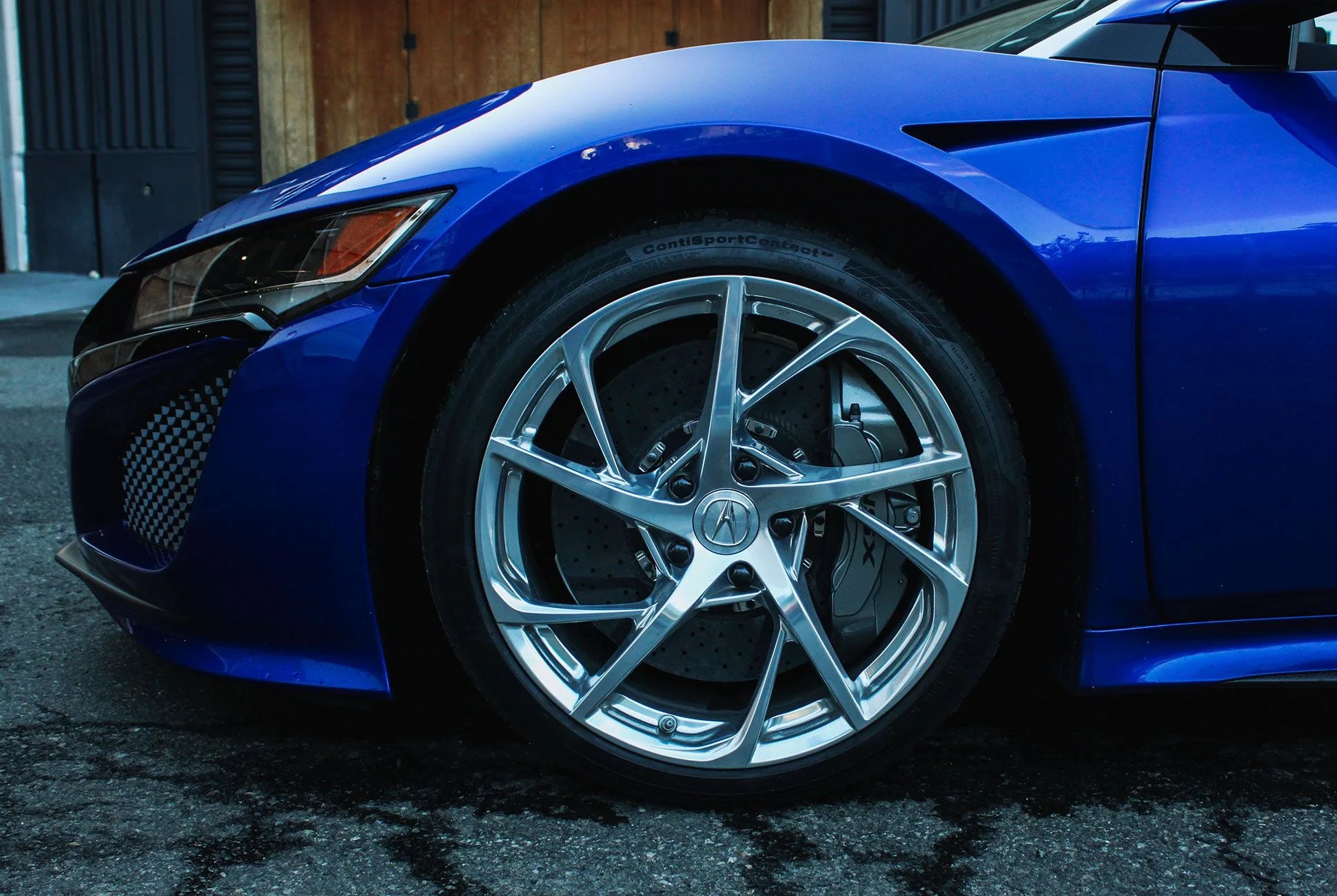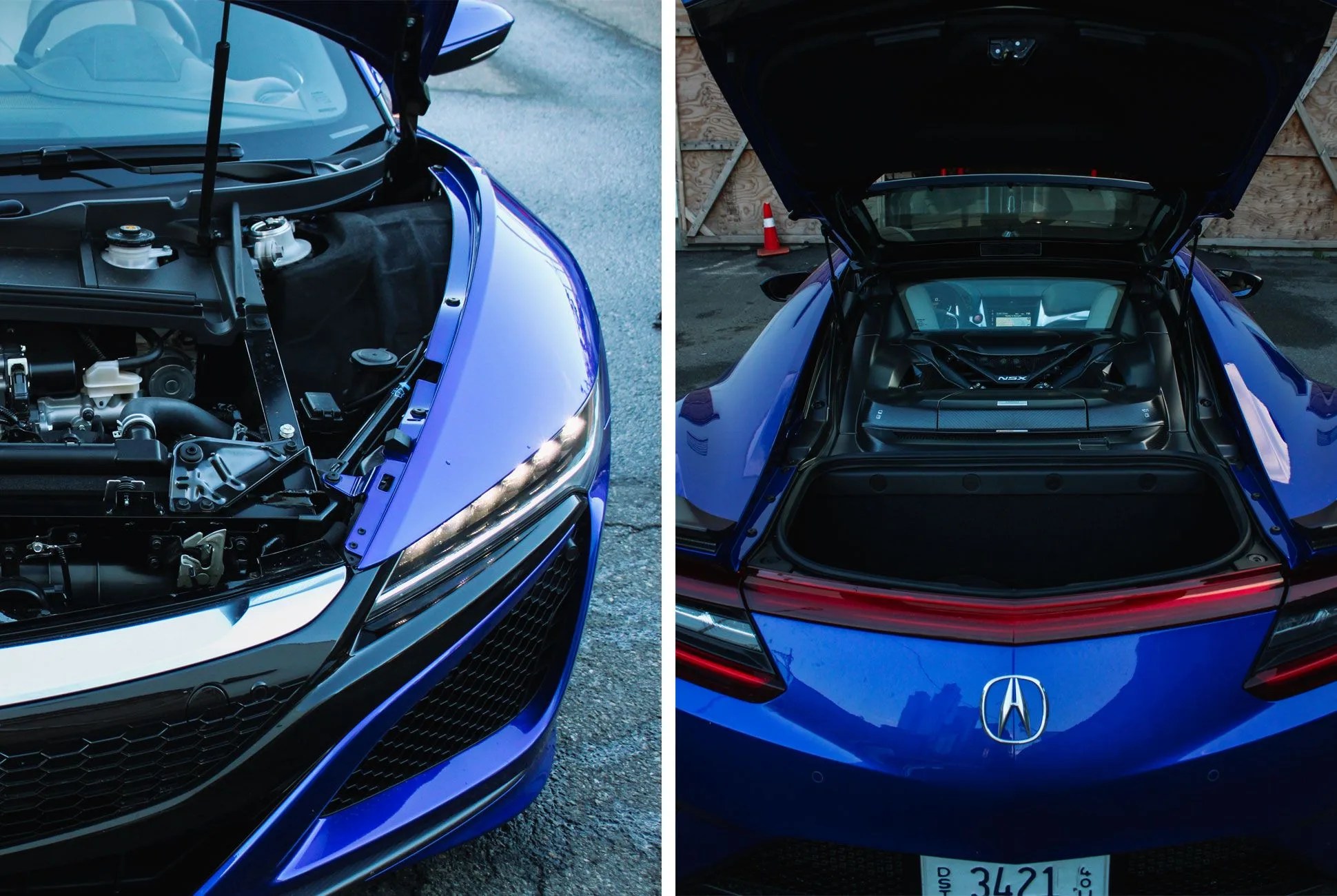7 photos
It’s been such a long time coming — finally, a successor to the rightly vaunted NSX. First in production 27 years ago, in 1990 (yes, you’re old), the car Honda introduced to the world was an alien beast. Prodigious use of aluminum; a futuristic and angular mid-cab design; power via a V6, which, in the days of V8s and exotic V12s, on paper seemed nonsensical and pedestrian. In the metal, the car was anything but. Early examples still trade hands for significant sums, and seem to be ever increasing in rarity and value. A fast, reliable, groundbreaking vintage sports car that doesn’t rust? Hell yes.
After its long initial run, the NSX didn’t change all that much. Design tweaks modernized the shape, popularity fluctuated, but the basic premise was still there. After a too-long hiatus, this new NSX has been perhaps the most anticipated cars to come to market in decades. And it is a wonder. The car is capable of telepathic performance, its sound is ferocious, it gets looks and cheers and cell phone pictures constantly. It’s really goddamn fast, too. When you engage its Race mode — when every iota of power becomes available and the suspension and driving dynamics self-tune to gratuitously flip off physics — it becomes that ferocious alien beast for which its forebears are worshipped.
It doesn’t settle into being one, iconic car like the original, but that’s really all anyone wanted. That’s because an ultra-simple supercar wouldn’t cut it these days.
The problem is, there are too many things going on simultaneously with the NSX. Because its hiatus was so protracted, its styling has not been truly updated — the car features design cues that Acura is actively culling from its lineup (like the metallic “beak” in front). Acura — and rightfully so — wanted to make this new NSX as significant in car culture as the first. The company wanted to break ground with an ultra-high-performance machine, a technological wonder, so they packed it with computers and gave it a truly fantastic hybrid system whose electric motor and combustion engine conspire to produce 573 horsepower. I think the NSX will probably make the most use of those ponies and be most at home on a track, where I did not take it. But what’s odd is, thanks to its hybrid system, you can also drive the NSX in full electric mode. Further still, the interior feels and looks like, well, a Honda. The infotainment feels parts-bin cheap, as does all the switchgear and upholstery. Which is direct opposition to the extensive use of unpainted carbon fiber in the body.
That’s what makes the new NSX weird — it’s a mix of good, not so good, surprising, outrageous, really fantastic and quirky. It doesn’t settle into being one, iconic car like the original, but that’s really all anyone wanted. That’s because an ultra-simple supercar wouldn’t cut it these days — to get that really stripped-down sports car feel, you have to get a $30,000 Toyota 86. The NSX tries to appeal to the past and the present, and for that, it’s doomed to compete with McLarens and Lamborghinis. It’s really, really, good at that — this is an exceptional car and has been awarded left and right as such — but it’s not the car we were waiting for all this time.
